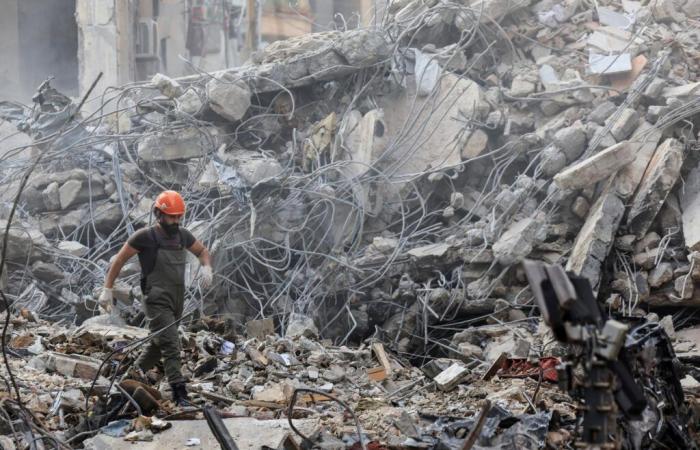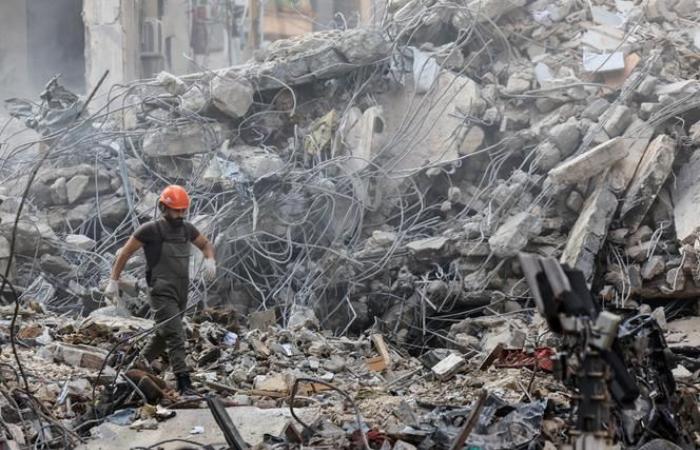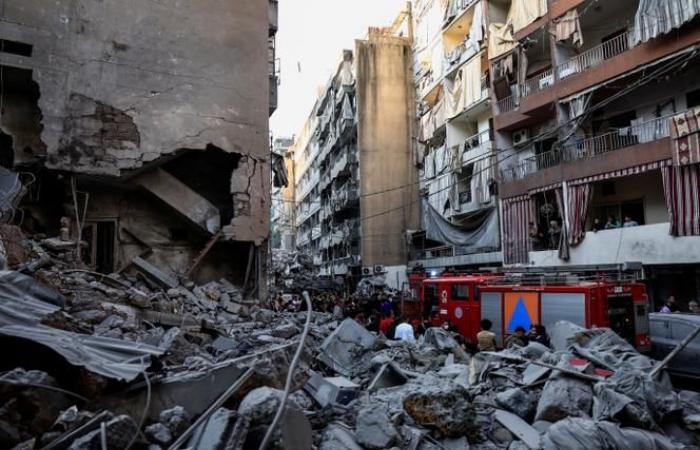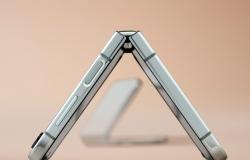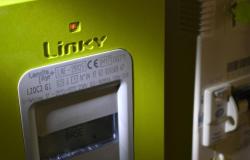Hassan cannot take his eyes off the mound of rubble over which rescuers, aided by excavators, move cautiously, moving scrap metal and concrete blocks in search of bodies. Somewhere under the rubble of the eight-story building that was pulverized by an Israeli strike in the heart of Beirut at dawn on Saturday, November 23, lies her sister May, aged 62, her octogenarian husband. and one of their sons, in his forties. “I spoke to him again yesterday. We spoke to each other every day. It’s monstrous what’s happening.”said the sixty-year-old, whose name has been changed at his request, kneeling for a moment, feverish, to regain his composure and hold back his tears.
An acrid smell of powder permeates the air and mixes with the dust in the popular district of Basta, where Shiites and Sunnis live, near the Serail, the heart of Lebanese institutions, and diplomatic representations. The strike left a deep crater in place of the targeted building and, all around, piles of stone and scrap metal, gutted buildings and blown out windows. The Lebanese National News Agency says the raid was carried out with five missiles, “piercing bombs”. At least 20 people were killed and 66 injured, according to a provisional report published Saturday evening by the Ministry of Health.
Israeli officials told media, on condition of anonymity, that the target was Mohammad Haydar, Hezbollah's chief of operations, without confirming his death. At the scene of the strike, monitored by unarmed activists from the Shiite group, Hezbollah MP Amin Cherri denied that a leader of his movement had been targeted. In an attempt to kill this senior military official, the Israeli army bombed the building without prior warning at four in the morning, surprising the residents in their sleep. The strike, of rare power, was heard more than ten kilometers away.
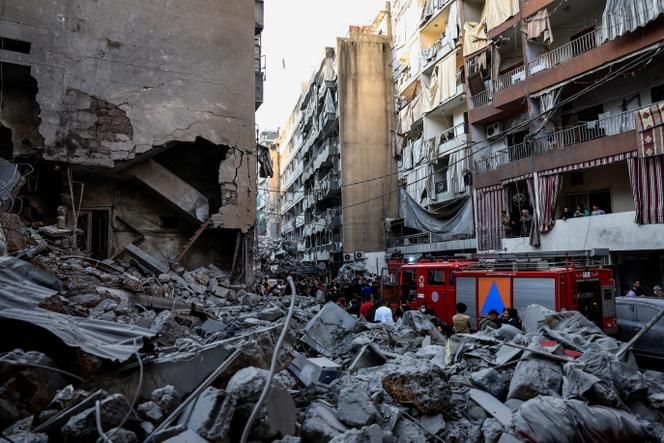

Read also | Article reserved for our subscribers Inside an UNRWA shelter in Lebanon: “Destruction, violent death and threats have always loomed over our lives”
Read later
“It’s a massacre”
Around thirty people lived in the bombed building. Dozens of others lived in adjoining buildings, some of which had their facades blown away in the explosion. Among them were residents of the neighborhood, as well as families from the southern suburbs, the south and the east of the country, displaced since Israel launched an intense air campaign in Lebanon on September 23, then a land offensive in the border strip, to stop Hezbollah firing on its territory. More than 3,670 Lebanese have been killed and 1.2 million displaced in this war, according to Lebanese authorities.
You have 65.68% of this article left to read. The rest is reserved for subscribers.

